
I wrote earlier about the unique entrance to Harvard’s Biological Laboratories building, which today is home to the Department of Molecular and Cellular Biology. My grandfather, who studied in the then state-of-the-art laboratories shortly after being built in 1931, had taken a photograph in the entry of the building. I found it to be a beautiful image that captured the novel decorations on the doors and their shadows cast onto the marble floor. I wanted to see and experience this space.
The opportunity presented itself when Poldi’s “Italian sister” Rossella decided to visit while Poldi was in New York– she also expressed interest in seeing Boston, a few hours away. I invited myself to join their mini-fall tour of New England and they humored me by helping locate the Biology Labs building on the Harvard campus. It was as distinctive as I had imagined.
The exterior of the building is adorned with animal friezes designed by Katherine Lane Weems, pneumatically carved into the crest of the brick façade. It is a large building and the animals overhead command your attention until you notice the life-sized rhinoceroses at ground level, also created by the young artist, and which have become mascots (“Victoria” and “Bessie”) for the Harvard biology community.
The rhinos guard the entry doors, which bear distinctive bronze castings of biological specimens representing the flora and fauna from land, sea and air. These are the doors I sought!
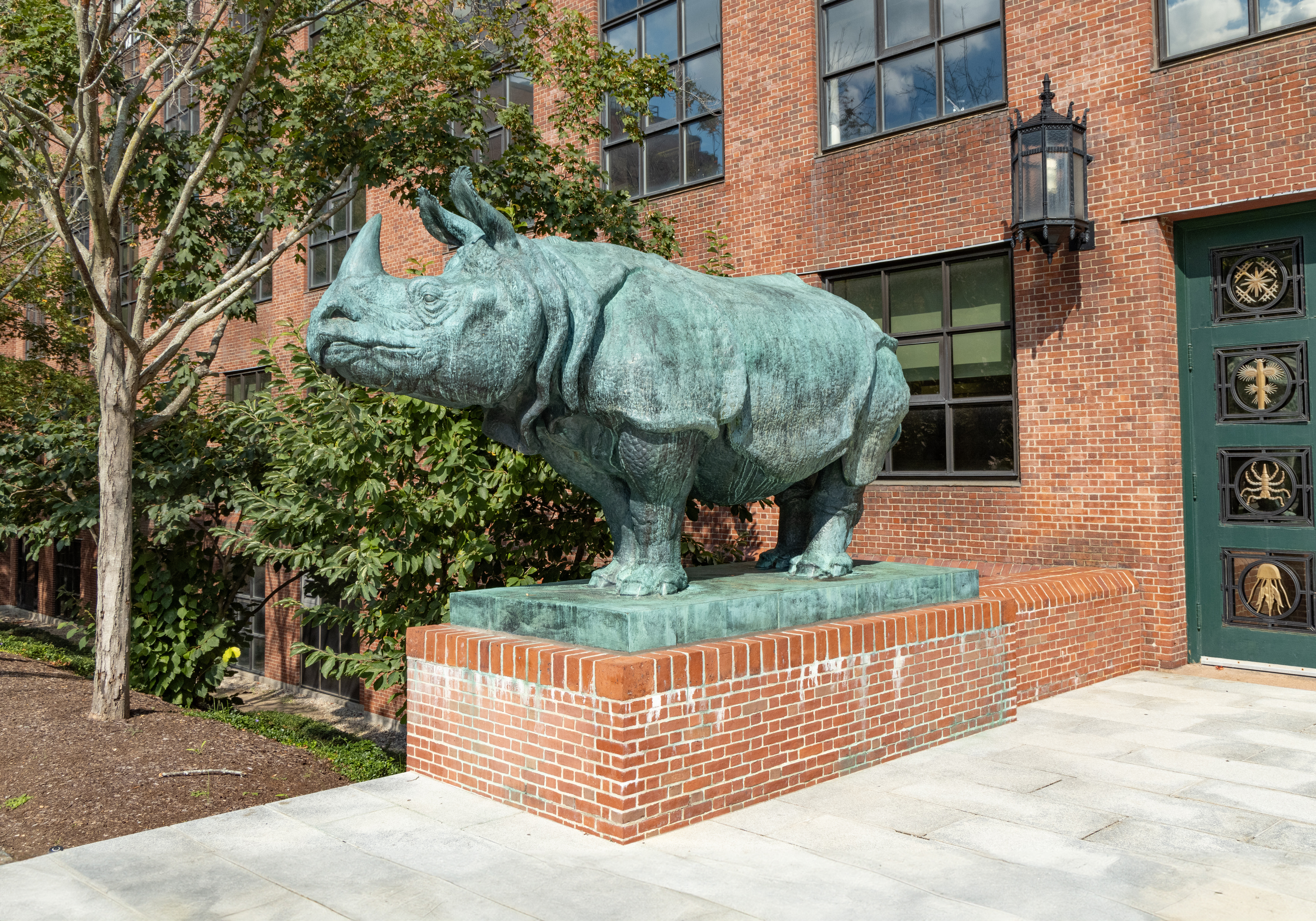
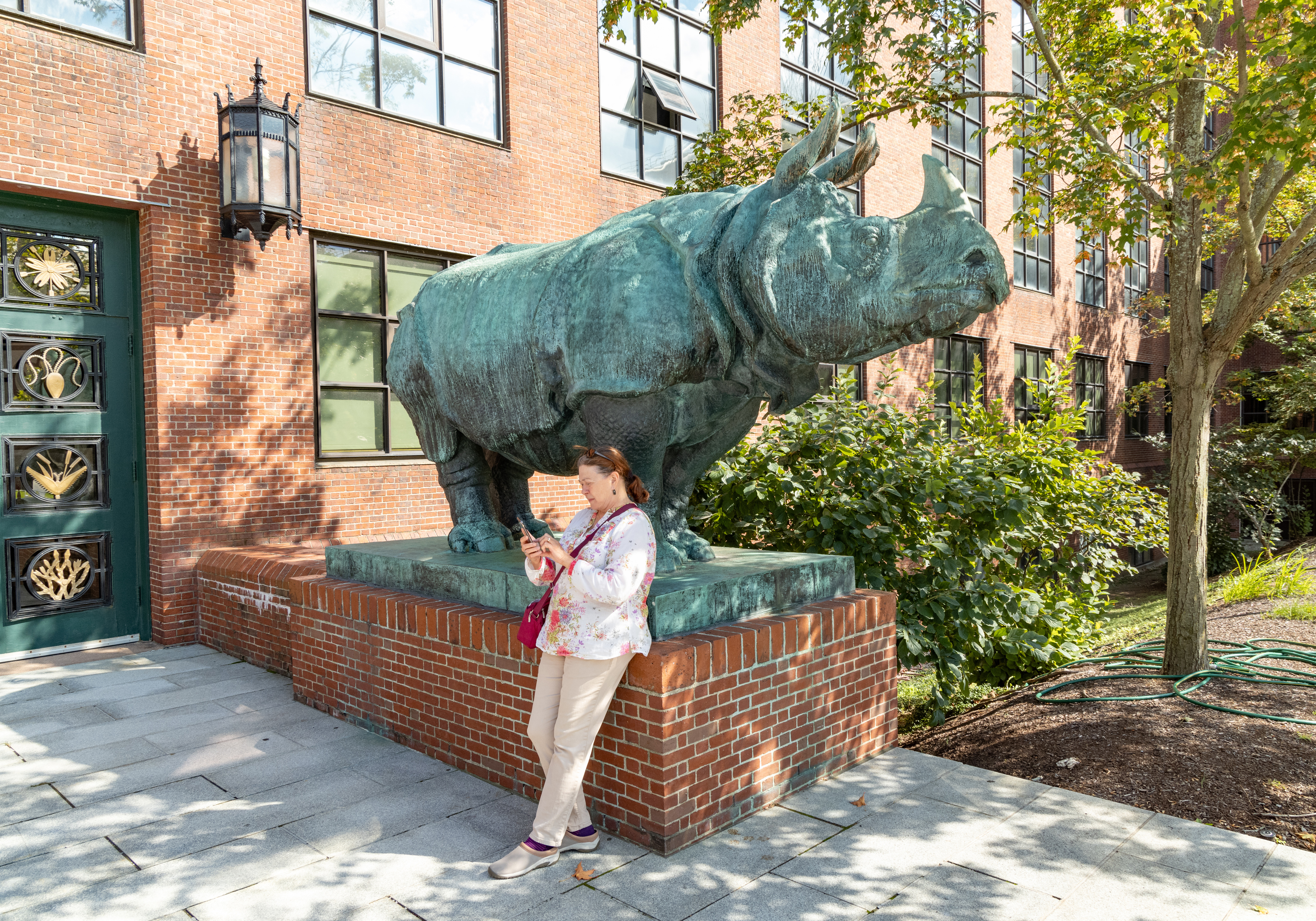
Victoria and Bessie, morphologically accurate bronze sculptures of Rhinoceros unicornis
I didn’t know quite what to expect on entering the building, but I didn’t expect a student lounge. I guess it makes sense. It is a beautiful space, and even in my grandfather’s photo there is evidence of a bicycle blocking the unseen third door. Today, chairs and sofas held students with laptops, and a kitchen to the side provided coffee, tea, and snacks. The light streaming in from the doors still cast unique shadows on the floor.
I tried to re-create that old photograph, but the intervening ninety years had seen some changes even beyond the installation of the foosball table. In particular, the side doors were no longer in use, and an airlock entry had been created for the center door, surely to keep the winter air from blasting in with its every opening. Fortunately, the vestibule had been designed to minimize its visual impact, constructed of glass, permitting a view of the door and allowing the light to make it all the way inside.
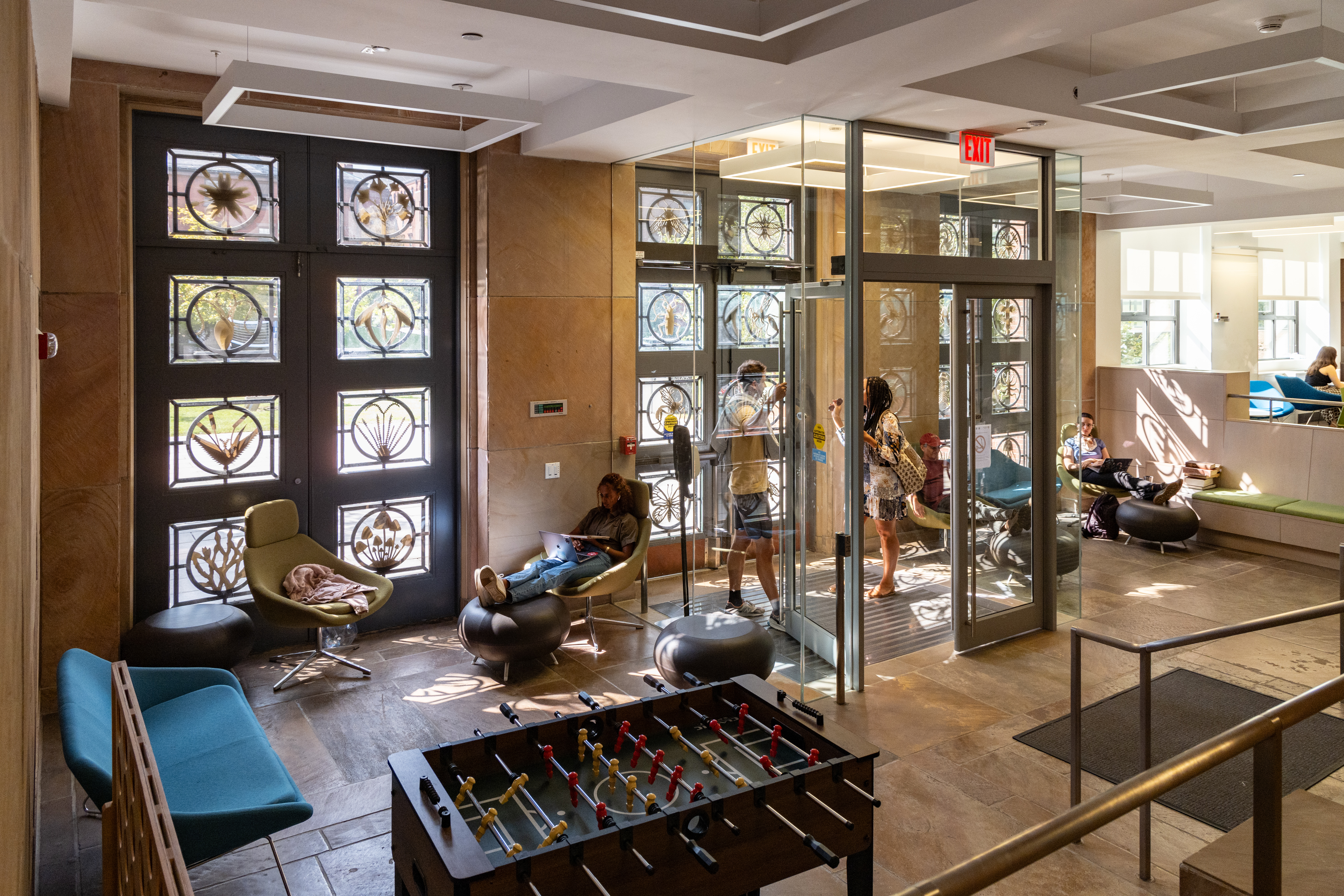
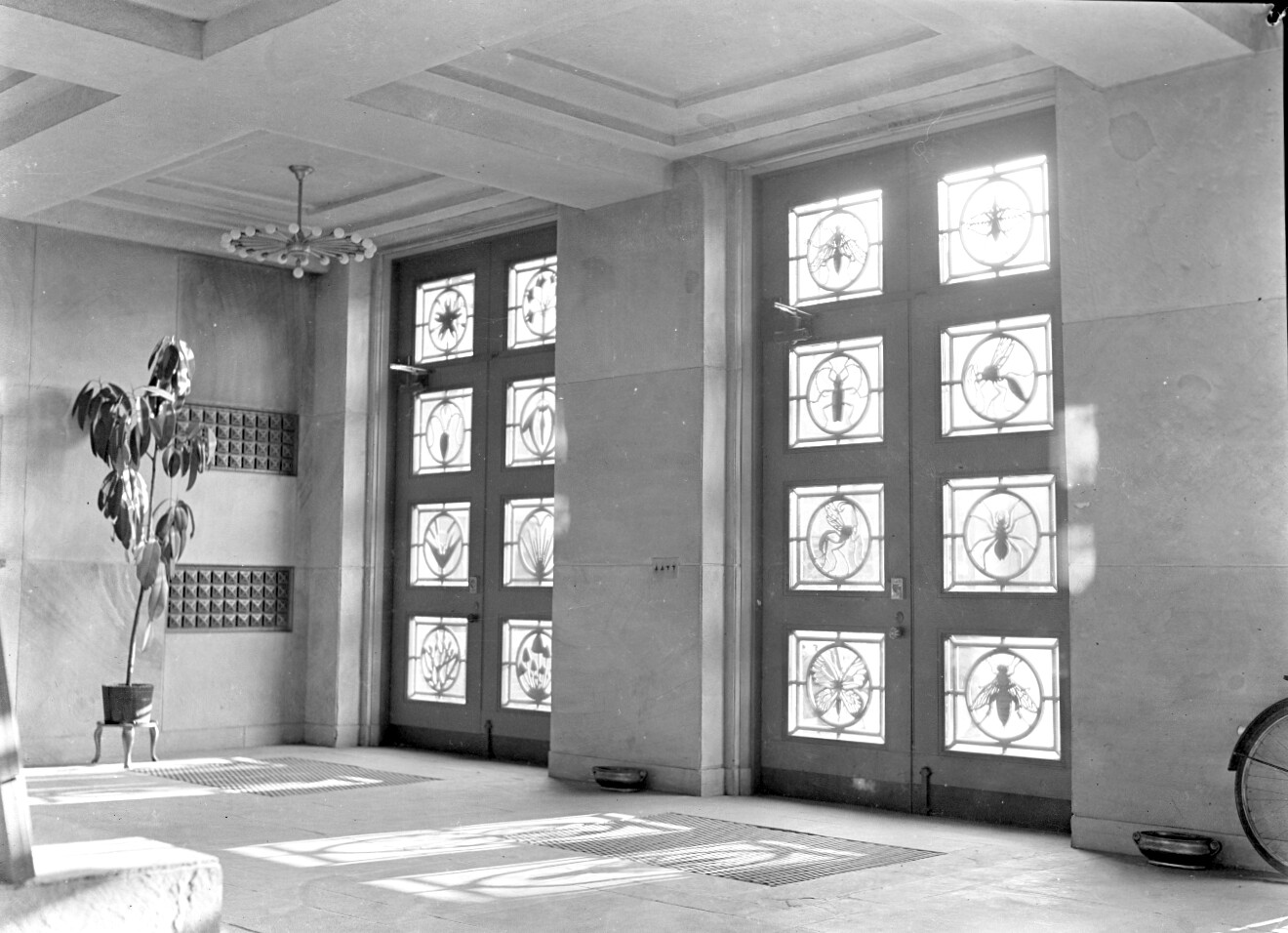
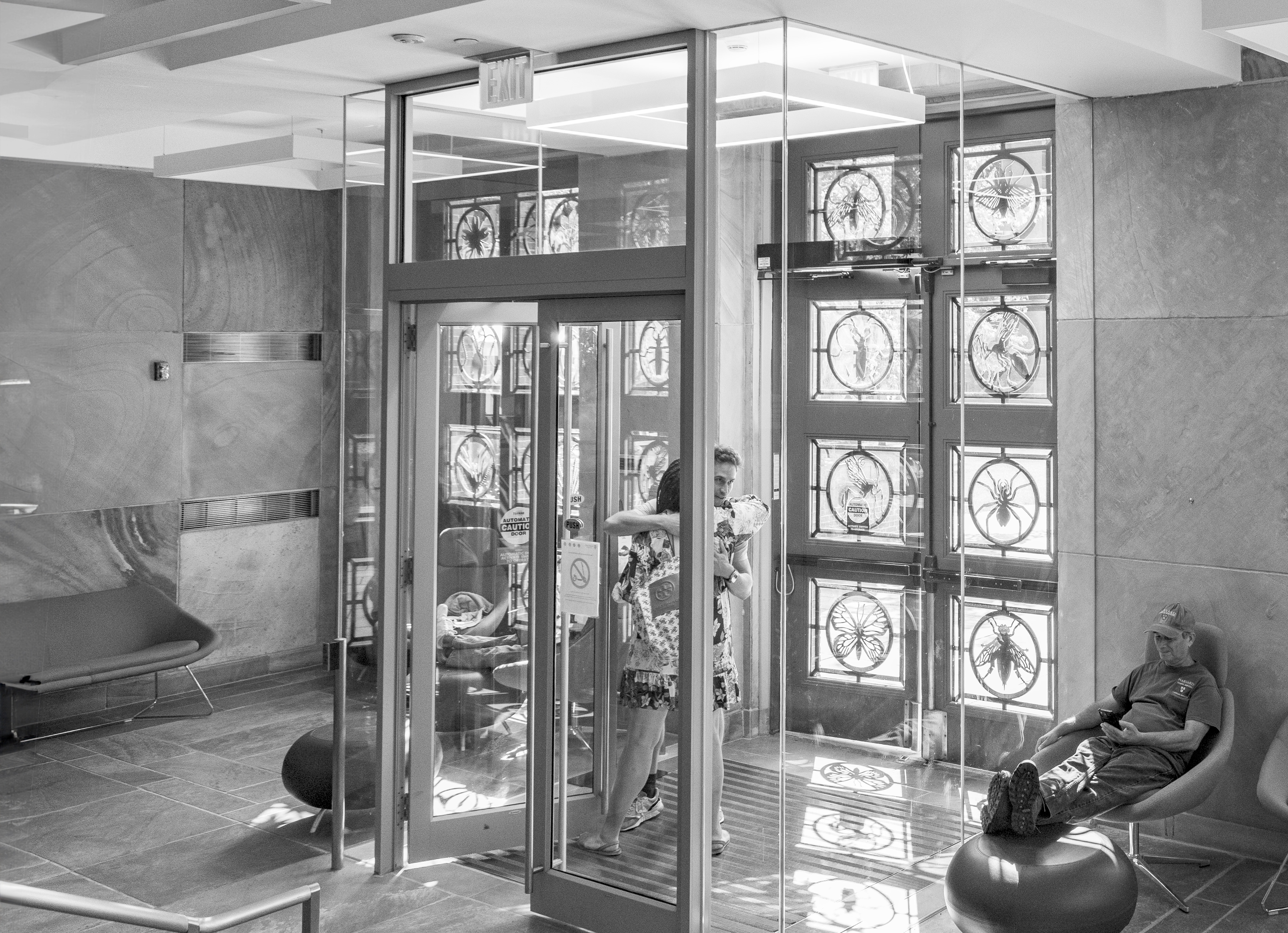
Then and now. Click to see full images.
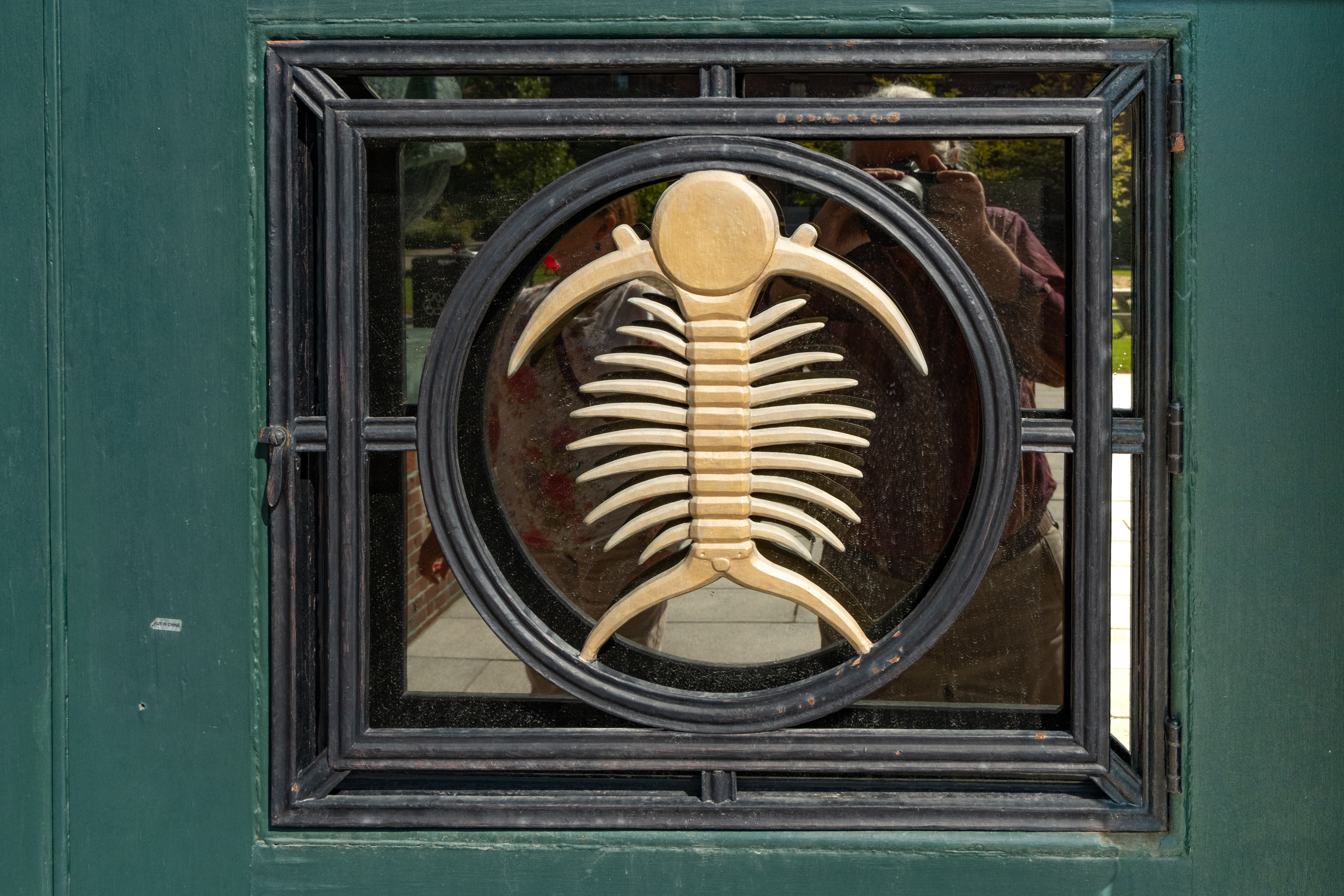
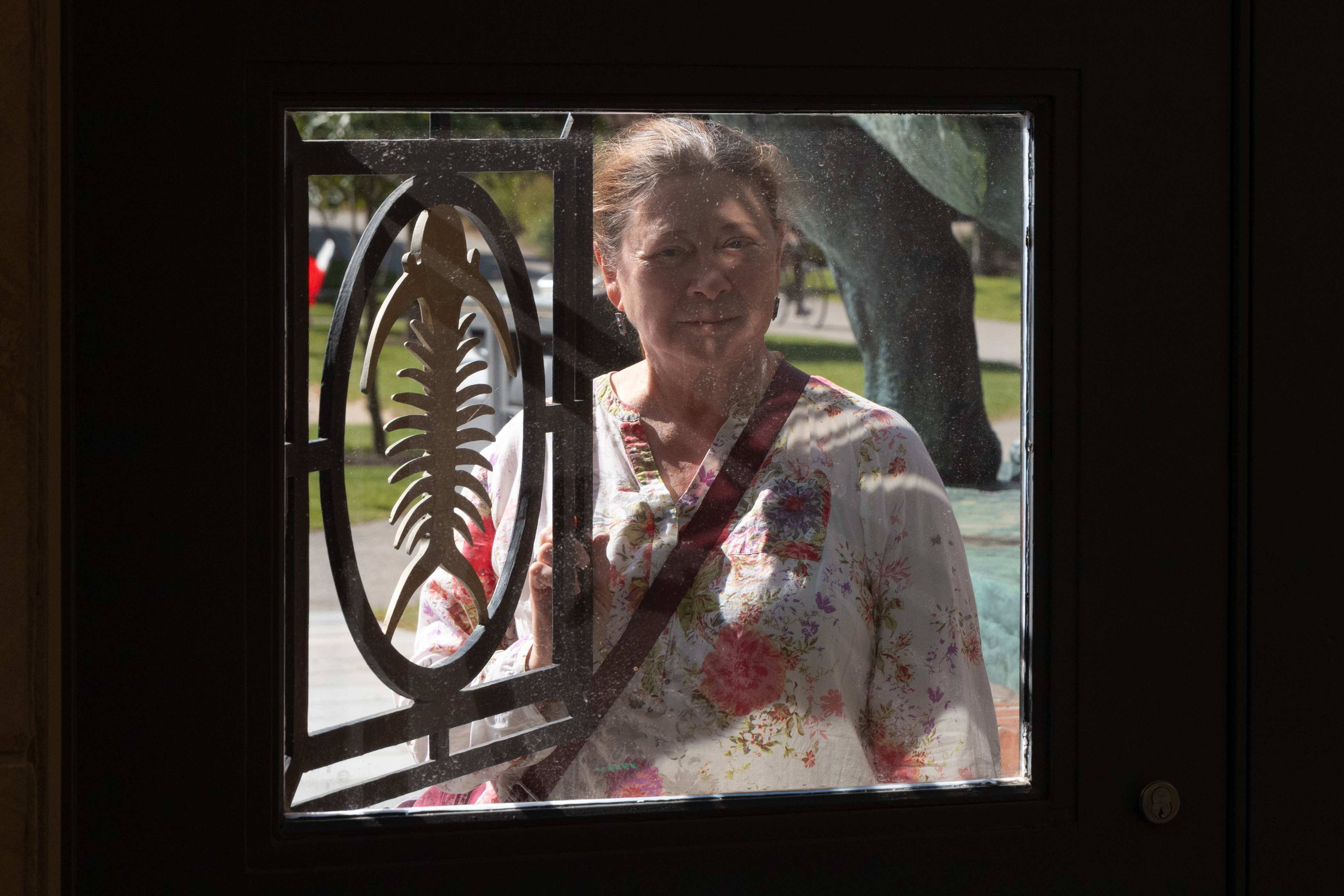
The cast metal organisms were on the outside, covering the window panels. Their intricacies might have made them a maintenance challenge, but they were cleverly mounted on hinges so they could be swung aside to allow cleaning the glass, and when necessary, applying trim paint to the oxidized brass.
I found this field trip and exploration to be very satisfying—the culmination of a treasure hunt that started with a picture of a fascinating foyer of an unknown building. On discovering its identity, there was another exploration to learn the history of this remarkable building and its art.
It was also enjoyable to contemplate the experience of my grandfather in this place. He returned to Minnesota in 1938, but would have been at the Biology Labs in 1937 when the newly cast rhinoceros sculptures were placed on their pedestals. I wonder what it would have been like to witness this event with such famous attendees.
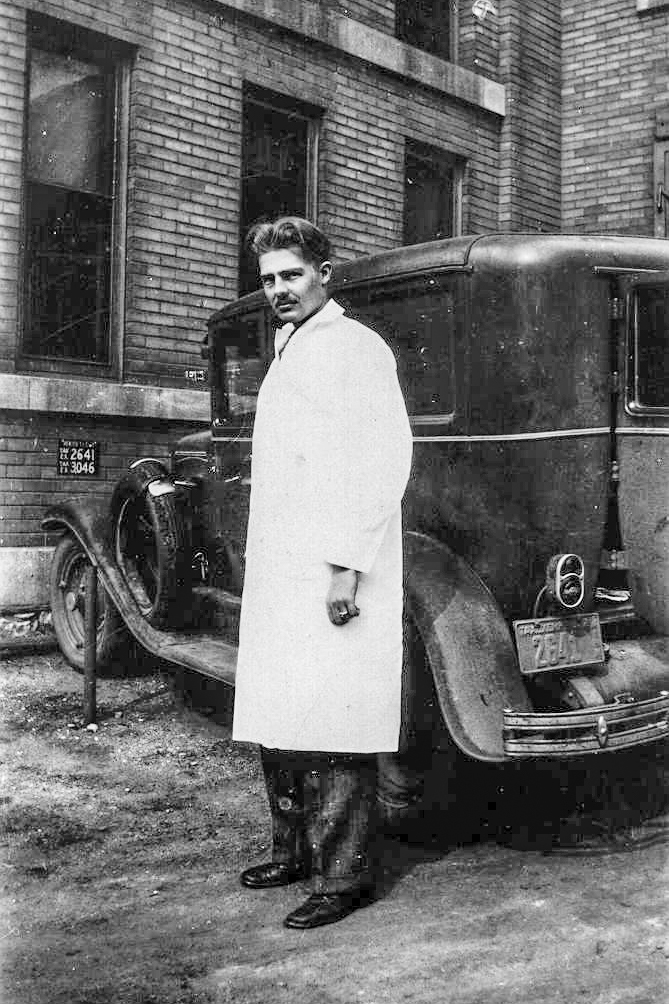



Just finished reading the book Woolly by Ben Mezrich. This work is not taking place at the Bio Labs at Harvard, but close enough. I sometimes wonder what our grandparents would think about synthesizing genes, regenerative medicine and genomic engineering. I am not sure what I think about it. So, the throwback to 1931 is mind blowing. Only six years from being 100 years ago.
Karen
Pingback: The Vancouver Marine Building | Thor's Life-Notes